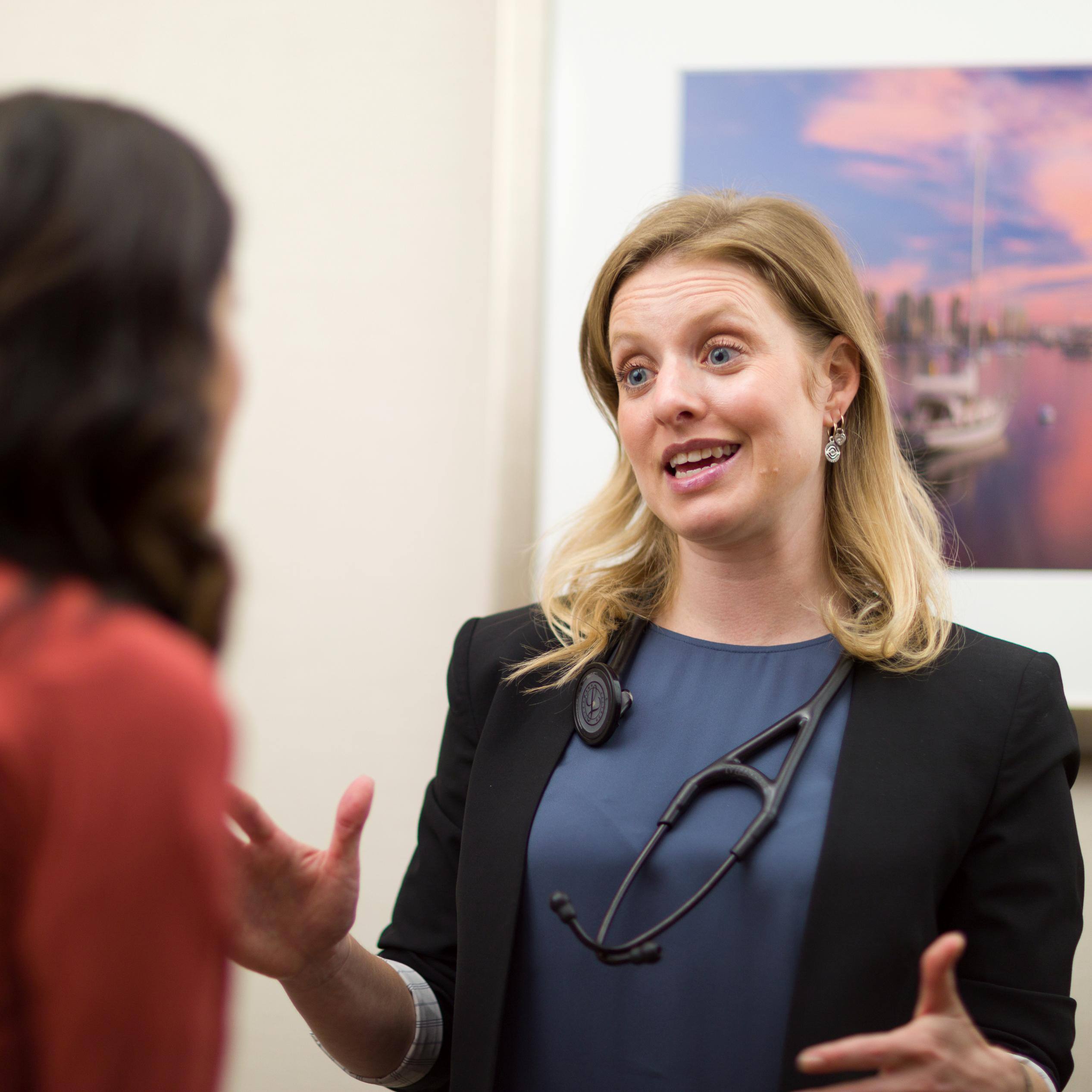LGBTQ Pride Month is celebrated each June to commemorate the impact that lesbian, gay, bisexual, transgender, queer or gender nonconforming people have had, and continue to have, on society. While millions may celebrate, many members of the LGBTQ community continue to experience stigma and keep their identity hidden. That may mean not sharing their sexual identity or orientation with their health care provider.
Dr. Natalie Erbs, a Mayo Clinic family medicine physician, says it's important information to share to ensure everyone gets the best care possible.
Watch: The Mayo Clinic Minute.
Journalists: Broadcast-quality video pkg (0:59) is in the downloads at the end of the post.
Please "Courtesy: Mayo Clinic News Network." Read the script.
When filling out forms before seeing your health care provider, you might see a line asking about your sexual orientation or gender identity.
"Sometimes it's hard to say the words out loud, but it's much easier to click a button. But again, we want to know that about you to get you the right care and get you to the right place," says Dr. Erbs.
But why does it matter?
"We want to know that about you so that we can get you the right care and get you to the right place," Dr. Erbs says.
Talking about sexual behaviors is essential when it comes to your health.
"It affects what type of screenings you might need for certain sexually transmitted infections, depending on the type of sex you're having, and what exposures you might have to other things like HIV," says Dr. Erbs. "Some of my patients might qualify to be put on HIV prophylaxis to prevent HIV, depending on the type of sex and who they're having sex with."
Dr. Erbs says she hopes you choose to come out to your health care provider.
"We in primary care want to see you, and we want to know about you and get to know you as a person," says Dr. Erbs.
For the safety of its patients, staff and visitors, Mayo Clinic has strict masking policies in place. Anyone shown without a mask was recorded prior to COVID-19 or recorded in an area not designated for patient care, where social distancing and other safety protocols were followed.







